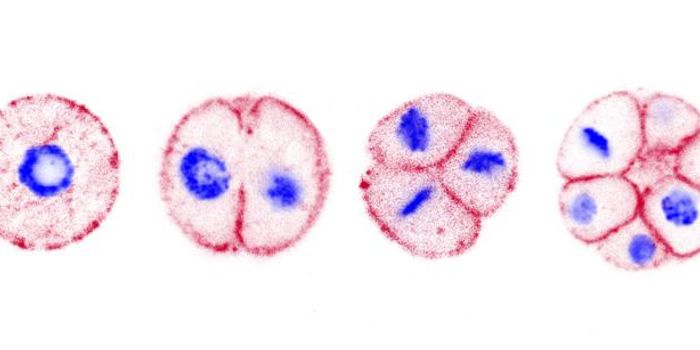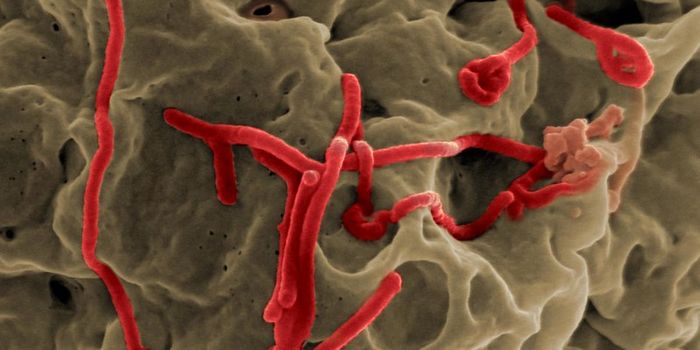Petting Dogs Engages Social Elements of the Brain
Animals have been playing an important role in health, medicine, and the promotion of wellbeing for years now. It’s well documented, in fact, that animals can provide a range of both physical and mental health benefits for people. For example, therapy animals have proven health benefits in cancer settings, for people with long-term health needs, anxiety, and more.
A new study, conducted by researchers at the University of Basel in Switzerland, took a closer look at the effects of animals on human health and wellbeing (dogs, specifically) by examining what’s going on in the brain when we interact with and engage with dogs. Researchers hope that these findings could help doctors and health care professionals develop new and improved ways to deploy animal-based strategies for therapeutic benefits. The study is published in PLOS ONE.
In the study, researchers conducted imaging scans using infrared neuroimaging technology while participants (19 men and women in total) were either looking at a dog, laying with the dog against their legs, or actually petting the dog. The research team also recorded imaging scans while participants did all these same activities, just with a stuffed lion instead of a real dog. The stuffed lion had a warm water bottle attached to it to replicate the feeling and sensation of having a real dog next to you. Researchers looked specifically at activity in the prefrontal cortex, which plays an important role in how we grapple with social and emotional situations and engagements.
Overall, researchers found that there was far more prefrontal cortex activity when participants engaged with the real dog compared to the stuffed animal. The team also found that this prefrontal cortex activity persisted after the activities with the real dog were completed.
Finally, the team noted that with each interaction a participant had with the real dog, participants saw an increase in prefrontal cortex activity. This increase was not seen with the stuffed animal, which researchers suspect could be due to some kind of social bonding. More research is needed to confirm.
Sources: Science Daily; Healthline; PLOS ONE








